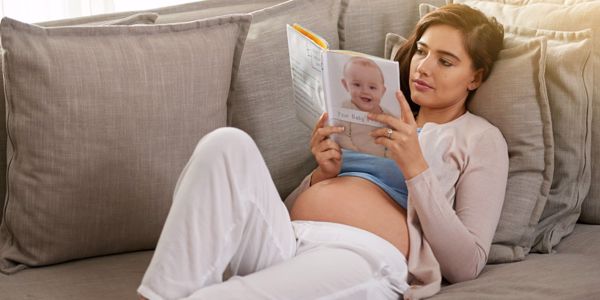Over the past few decades, the age at which women are starting their families has got progressively later. Current research is unclear regarding if it is just 1st-time mothers, or all mothers that are at increased risk of complications, therefore, if you are over the age of 35, you will be offered a little extra monitoring to ensure everything is staying on track. These types of pregnancies are given the somewhat unkind medical term ‘geriatric pregnancy’, though there are many campaigns to get this terminology changed.
The midwife looking after you is well trained to pick up on any changes in pregnancy that could be a cause for concern and will refer you to a consultant should the need arise.
Pregnancies later in life carry a slightly increased risk of:
- Developing gestational diabetes
- C-section birth
- Down's syndrome
- Stillbirth
Overall, stillbirth rates are low, however, they do increase slightly in older women, that’s why having extra monitoring is so important. You will usually be offered an induction of labour at 40-weeks to minimise the increased risk. There are many people that would suggest this is over-medicalising the birth, but make sure you are guided by your circumstances. Asking your consultant to assess placental function and baby’s overall wellbeing is a sensible route before declining induction for any reason.
It is worth noting that these risk increases for stillbirth are minimal and should not be something that causes you anxiety throughout pregnancy. That is why your midwife will look after you and refer if needed.
As is the case with all pregnant women, you will be offered pregnancy scans and blood tests that can screen for chromosomal abnormalities such as Down's syndrome. On average, women under the age of 30 will have a 1 in 1250 chance of having a baby that develops Down’s syndrome in the womb. The risk then increases to 1 in 640 for women between 30 and 35. For women over 42, this increases further to an average of 1 in 41. Should your screening show a raised risk result, you will be offered further diagnostic testing which will give you a more definitive answer.
It all sounds glum but remember many older mums have healthy pregnancies with healthy babies to cuddle at the end.






